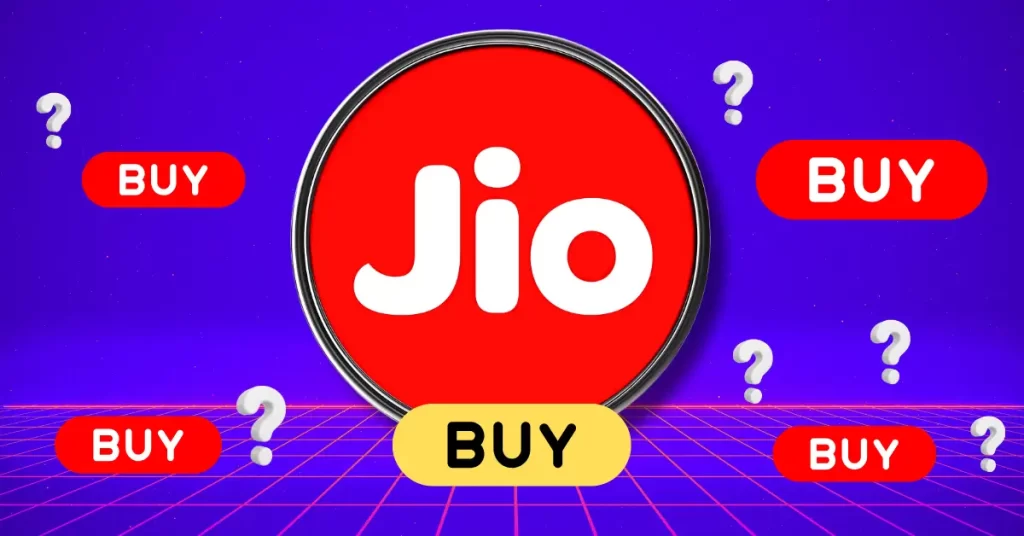Today, December 30, 2024, the Markets in Crypto-Assets (MiCA) Regulation has now fully come into force in the European Union (EU), marking a key moment for the cryptocurrency industry. According to the regulators, the MiCa aims to standardize the regulation of crypto-assets, bolster consumer protections, and ensure financial stability within the EU’s burgeoning crypto market. However, the controversy looms over this set of rules and some experts believe it would have an overall negative effect. Happy MiCA Regulation Day!! More innovation blocking regulations for Europe. It's a real invasion of privacy. Keep in mind that they're now planning to track every transaction and wallet you use. But not every exchange is compliant yet, they have a year to do so. And even… — Crypto Tips (@cryptotipsreal) December 30, 2024 In this context, Finbold looked into the official documentation , asked artificial intelligence (AI) models for a summary and consulted three other recent sources to understand what will change and what crypto investors need to know starting 2025, now that the Markets in Crypto-Assets regulation fully comes into force in the EU. For this report, we consulted xAI’s Grok 2 and OpenAI’s o1 , while also referencing EY ’s report , Local Nodes ’s article , Ulam Labs ‘s guide , and Binance’s guidelines especially on MiCa’s stablecoins regulation. What is MiCA? MiCA, shorthand for Markets in Crypto-Assets Regulation, is the EU’s answer to the regulatory void surrounding crypto-assets. It provides a legal framework that covers all crypto-assets not previously regulated by existing financial laws. The primary objective is to bring clarity, safeguard investors, and curb market abuse while, allegedly, fostering innovation in the crypto sector. With MiCA, entities looking to offer or trade crypto-assets in the EU must now secure authorization. This includes issuers of asset-referenced tokens (ARTs) and electronic money tokens (EMTs). Moreover, issuers must draft detailed crypto-asset white papers, which are mandatory before public offerings or trading. These documents must transparently outline the crypto-asset, its issuer, associated rights, risks, and technology. Marketing communications will undergo scrutiny to ensure they are fair, clear, and not misleading. These communication must align with the white paper information and include risk warnings. One notable aspect is the prohibition on granting interest on ARTs and EMTs, which could affect decentralized finance (DeFi) operations. Additionally, issuers must adhere to stringent governance, risk management, and compliance with anti-money laundering and counter-terrorism financing laws. ARTs must be backed by a reserve of assets to match the circulating tokens’ value. MiCA not only aims to regulate but to lead in setting global crypto standards. Its focus on stablecoins , for instance, could influence international regulatory approaches. One of the regulation’s effects is already having its role in removing DAI and Tether’s USDT offerings from the continent. With Bitcoin surpassing the $100,000 mark, the timing of MiCA’s full implementation seems strategic, aligning with a renewed investor interest in crypto-related products. Stablecoins and tokenization Stablecoins are at the heart of MiCA’s regulatory focus, offering a stable bridge between traditional finance and digital assets. Tokenization, the process of creating digital representations of assets, is now expanding to include commodities like gold, under a regulated framework. On that note, while the regulatory clarity is seen as positive for some EU established providers, critics believe it could harm competition and prevent innovation. Despite promising clarity and security, the MiCA regulation also presents challenges, especially for smaller entities due to compliance costs. Legal requirements and high costs could prevent smaller players to participate in the industry, potentially cartelizing the market. The timing, here, is also notable, considering how tokenization is growing and attracting investors’ attention worldwide. In particular, finance giants like BlackRock (NYSE: BLK ) see relevant value into the tokenization . BlackRock recently launching its own tokenized fund, BUIDL , in partnership with Securitize. As we move into 2025, the full impact of MiCA will unfold. Companies will need to secure CASP licenses, ensure compliance with market abuse prevention, and adapt to strict AML and CTF controls. The regulation’s evolution might see it addressing currently unregulated areas like DeFi and NFTs, ensuring its relevance in a rapidly changing market. One of these effects, that could be potentially harmful already started developing in the EU, as Finbold reported in March. Essentially, the European Union banned anonymous crypto payments to hosted wallets and also prohibited privacy-focused cryptocurrencies like Monero ( XMR ). Page 23 of European Parliament’s AML legislation. Source: European Parliament In conclusion, MiCA’s full enforcement is a landmark event for the EU’s crypto industry, potentially setting a global benchmark for crypto regulation – for the better or for the worse. Stakeholders must now navigate this new terrain with diligence to harness the opportunities it presents while adhering to its stringent requirements. Featured image from Shutterstock The post EU’s MiCA regulation takes full effect today; Here’s what you need to know appeared first on Finbold .

















